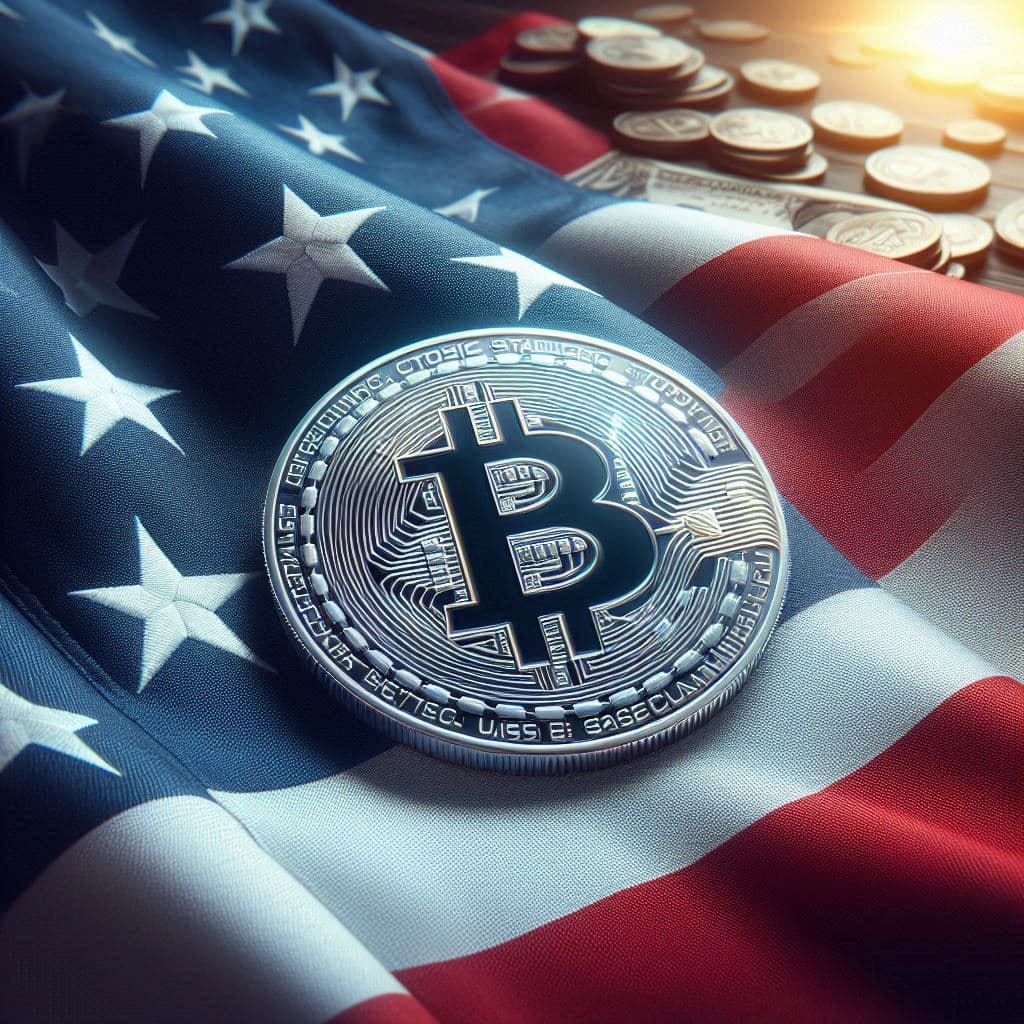
The fear that the AI bubble might someday pop has become a kind of white noise — humming along, rarely acknowledged, but impossible to turn off.
Retail investors have twitchy fingers, correctly fearing the Magnificent 7 are carrying the whole market like overworked sled dogs. Employees worry that AI, advertised as an assistant, may eventually replace them.
You can add a new concern to your list of reasons to be suspicious of our current tech boom flavor… a quieter, more structural concern circulating among analysts; one that could tell us more about this boom than armchair futurist forecasts: tech companies may be miscalculating how fast GPUs lose value.
These chips — the core machinery of modern AI — are purchased at a breakneck pace, mostly with borrowed money. Under accounting rules, companies must estimate how long the GPUs will remain valuable enough to justify the expense.
We noticed yesterday, Michael Burry, of Big Short fame, just set up a Substack page to help understand the proper depreciation values of the “Nvidia Model.”
The simple fact is that longevity estimates determine the entire profit picture for Mag 7 companies, whose earnings have been beating expectations.
The current numbers don’t reflect reality. Model sizes grow faster than chip cycles. Performance requirements leapfrog hardware before the ink dries on the purchase orders. Depreciation schedules assume years of usefulness that, in practice, last months.
If that mismatch becomes undeniable, or even a popular meme, the bubble doesn’t burst spectacularly — it simply deflates through balance sheets. Slowly. Silently. Just enough to take the glow off the entire narrative.
*** There is also the competitive chip model being championed by Elon Musk.
In short, the Nvidia model employs GPUs – general-purpose parallel processors designed initially for graphics – while TPUs are custom AI chips explicitly built to accelerate matrix math for machine learning, particularly deep learning.
The AI bubble narrative is only just beginning to unravel…
 The Labor Market Wimpers “Recession”
The Labor Market Wimpers “Recession”
In the meantime, over in the real economy, the labor market is telling a more uncomfortable story than talking heads want to repeat on television.

A record share of the unemployed — 25.3% — now have bachelor’s degrees. That figure has doubled since the ‘08 Financial Crisis and now represents nearly two million people.
College is no longer a firewall.
Younger workers are also catching shrapnel. Unemployment among 20–24-year-olds has reached 9.2%, the highest since 2021.

Job-loss fears are at crisis-era levels: Americans 35–54 report the highest perceived risk of losing a job in the next five years on record, and those 55+ aren’t far behind. Even the youngest workers show levels of anxiety that rival 2008.
As unemployment rises, so do necessities. Two-thirds of Americans say their personal finances are worsening — the worst reading outside the GFC — and consumers now see the lowest probability of finding a job in 12 years.
The unemployment picture is the backdrop for a new round of Trump v. Powell set to kick into high headline gear following the Thanksgiving break.

Shadow Fed members sitting on the board of governors of the FOMC side with the el presidente. Stephen Miran, for example, believes a 50-point rate cut is necessary during the December 9-10 meeting.
 A Burst of Risk-On Energy as Rate-Cut Hopes Return
A Burst of Risk-On Energy as Rate-Cut Hopes Return
Markets shook off last week’s existential dread and rediscovered an appetite for risk.
The S&P 500 jumped 1.5%, the Nasdaq soared over 2%, and even bitcoin managed a brief return to form before wobbling again. Treasury yields dipped to 4.03%, signaling traders’ renewed willingness to believe in dovish rescue missions.
The catalyst was a familiar one: Federal Reserve Governor Christopher Waller suggested he would support a rate cut next month. John Williams and Mary Daly chimed in with similar reassurances. A week ago, the odds of another cut this year hovered under 50%.
Now the CME FedWatch tool shows nearly 75%. It’s a reminder that markets don’t need certainty — they just need permission to hope.
 Dollar Dominance: Still King, But Now With a Limp
Dollar Dominance: Still King, But Now With a Limp
For years, the U.S. has financed itself with astonishing ease, thanks to global demand for dollars and Treasurys.
That exorbitant privilege let Washington run deficits, wage trade wars, and dodge the kind of fiscal choices that would topple governments elsewhere… with impunity, political or otherwise.
Something’s gotta give. We believe that Dollar 2.0 (stablecoins backed by Treasuries) will extend the dollar’s reserve status for a decade or more.
But the underlying failure of Washington to get its books in order – to balance political promises and personal ambitions of elected officials – will remain… perhaps even get worse.
It’s the natural way of things. Every empire eventually tests the patience of its creditors.
Recent political brinkmanship, rising debt loads, and an increasingly unpredictable governing style have injected a new variable into Treasury markets: political risk. Not enough to dethrone the dollar yet—but enough to force foreign buyers to squint before they sign.
The strength of the dollar has always rested on confidence. Today, that confidence is bruised, not broken. But bruises spread if the blows keep coming.
 Hedge Funds Leaning the Wrong Way on the Dollar
Hedge Funds Leaning the Wrong Way on the Dollar
A revealing piece of positioning data reveals that hedge funds are heavily shorting the U.S. dollar. Again.
Historically, when positioning becomes this one-sided, the dollar is near a bottom or about to reverse.
More striking: they’re shorting a weak dollar, not a strong one. That’s like betting against a boxer who’s already on one knee — it doesn’t take much for him to get back up.
And the macro backdrop doesn’t support their confidence. Growth is cooling, Treasury markets are pricing cuts, liquidity is thinning, and funding markets have started to creak.
When traders crowd the same trade, reversals become violent. The dollar doesn’t need good news to rise. It only needs the world to feel slightly less certain. Right now, the world feels exactly that.
This is a drama three decades in the offing, dating back to the 1987 flash crash and the beginning of the Greenspan era of Fed monetary policy.
 U.S.–Canada: Relations by Tariff, Stalemate, and Shrug
U.S.–Canada: Relations by Tariff, Stalemate, and Shrug
Canadian Prime Minister Mark Carney made headlines by suggesting the world can “make progress without the U.S.” after the G-20 released a declaration Washington opposed.
Political theater continues at home, where U.S.–Canada trade talks remain frozen. Trump halted negotiations last month over an advertising spat — proof that diplomacy now includes the emotional range of a hockey referee.
Steel and aluminum tariffs remain anchored at 50%.
Both sides now assume these issues will be punted into next year’s comprehensive renegotiation of the North American trade accord. The relationship is cordial, but brittle — and colder than late-autumn Ontario.
 China, Japan, and the Growing Taiwan Flashpoint
China, Japan, and the Growing Taiwan Flashpoint
China turned up the pressure Monday, asserting that Taiwan’s future is non-negotiable and central to international order.
Japan’s new Prime Minister, Sanae Takaichi, escalated matters earlier by saying a hypothetical Chinese attack on Taiwan could trigger a Japanese military response.
Beijing responded with cultural bans, travel warnings, seafood restrictions, and new military drills.
Japan countered with missile deployments near Taiwan.
Both nations are rattling sabers, and the U.S. is caught trying to maintain alliances while avoiding a larger regional fire.
The Taiwan Strait has always been tense. This week, it became downright claustrophobic.
 What Custer Teaches Us About Misreading the Moment
What Custer Teaches Us About Misreading the Moment
Violent retributions for Custer’s Last Stand began on this date in 1876.
Under a sky thick with smoke and dust in June of 1876, George Custer led 210 men of the 7th Cavalry into a valley they believed they would dominate.
Instead, they confronted thousands of Lakota Sioux and Northern Cheyenne warriors. The battle lasted less than an hour. Every one of Custer’s men died.
History calls it “Custer’s Last Stand,” but the truth is simpler and harsher: Custer never had a chance. He misread the terrain, misread the numbers, and misread the moment.
Markets do the same thing. Investors, policymakers, and traders often mistake motion for momentum, noise for clarity, and technology for inevitability. The AI boom may roar on, the dollar may strengthen, the labor market may wobble, and geopolitics may tighten—but none of these forces move in isolation.
They collide. They compound. They surprise.
The United States was just 100 years old when Custer rode out with his men. Western expansion and deadly conflict with the Sioux and the tribes that had lived on the lands West of the Appalachians for hundreds of generations was inevitable.
Skirmishes like Little Bighorn teach us about overconfidence. In markets, as in battle, the danger rarely announces itself. It gathers in the hills, quiet and unseen, until the moment it can no longer be ignored.
There’s a lot of ‘injuns in them thar hills.
~Addison
P.S. While this is a holiday-shortened week, we’ve arranged for a unique video presentation of Tim Sykes’ novel trading strategy on Thanksgiving Thursday.
Tim is one of the top traders in the game today – and he’s sharing details on a strategy he uses to find stocks on Fridays that will likely pop on the Monday open after a restful weekend.
Tim’s innovative strategy will be worth your consideration:

If you have requests for new guests you’d like to see join us for Grey Swan Live!, or have any questions for our guests, send them here.



